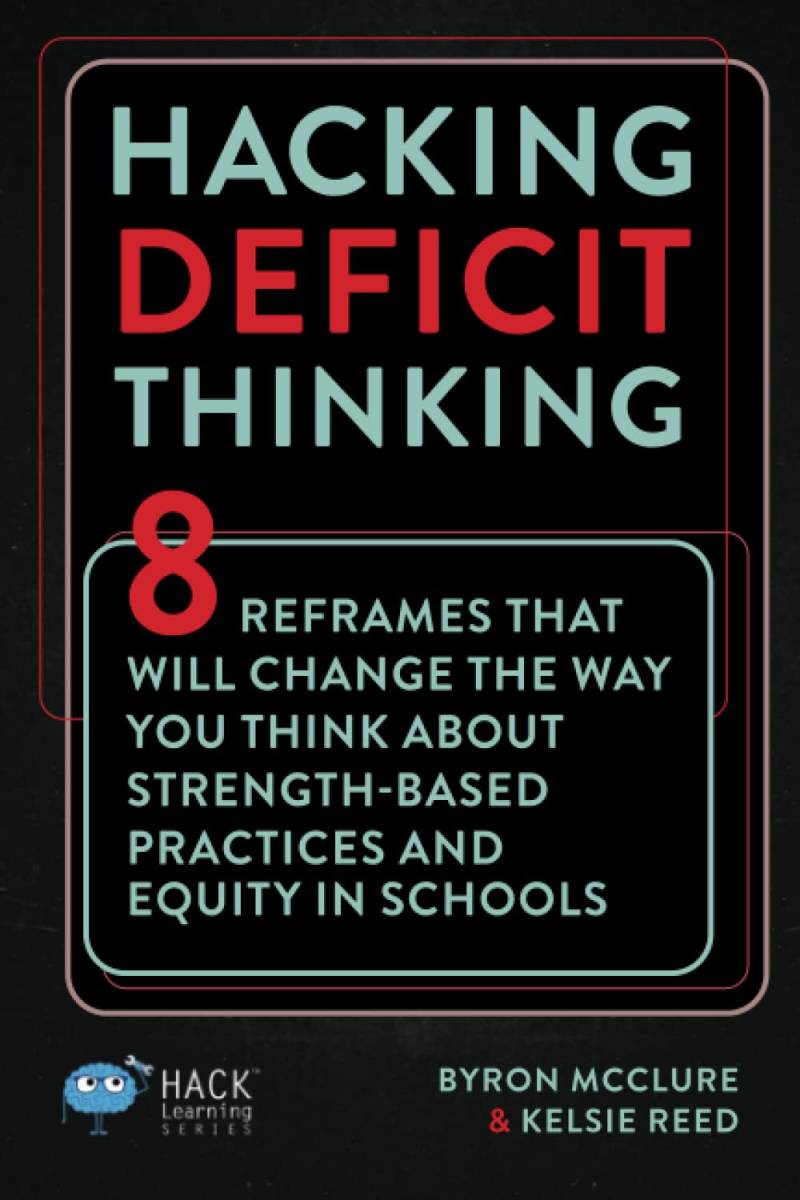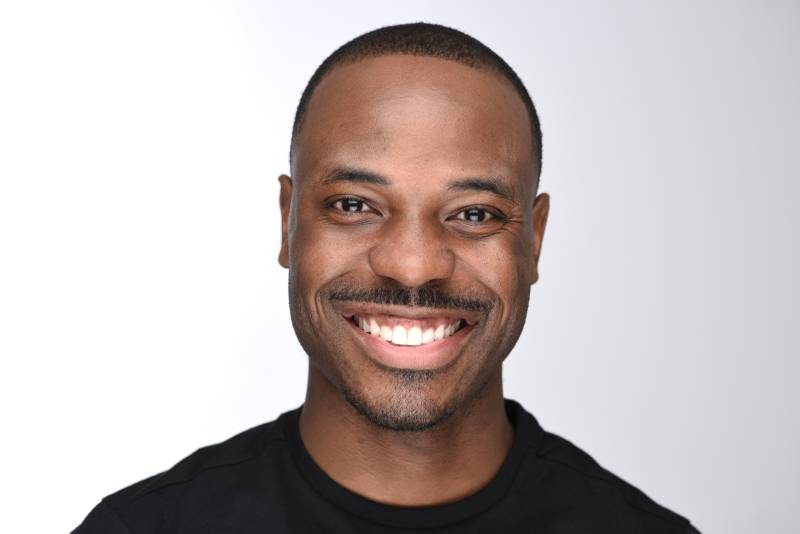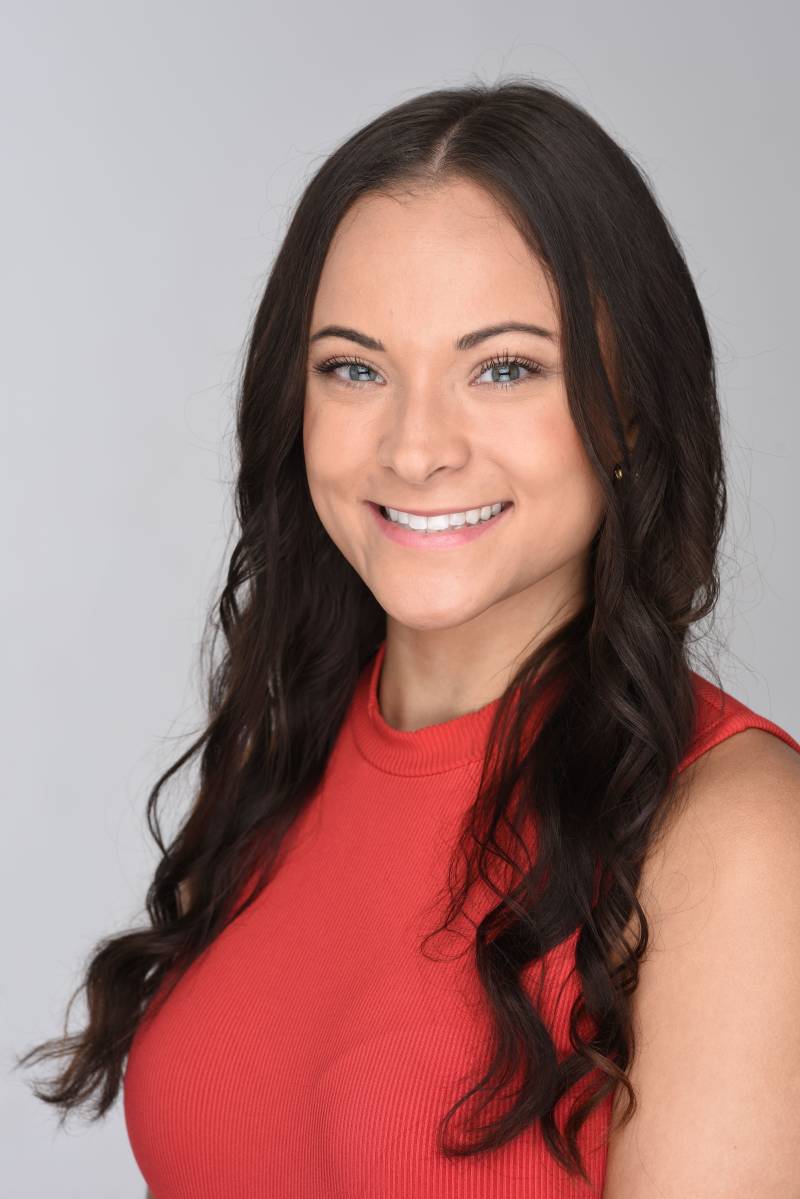In a successful strength observation, you will ask questions, expect unconventional answers, and learn about the students’ worlds. Searching for strengths in your students might seem intuitive, but it’s not. Since most of us educators were trained to identify students’ deficits, we have to actively work to identify their strengths. Pay attention to the following:
- Does the student work better independently or in a group?
- When does the student show excitement, boredom, more energy or less energy, frustration, or sustained focus?
- How easily do they initiate tasks, shift between tasks, and stay on task?
- Are they inspiring or motivating others?
- Are they creative in how they approach a given task?
- Do they leverage resources or social capital in a meaningful way?
- What was challenging for the student?
- What seemed easy for the student?
- What patterns did you notice throughout the observation?
After the observation, review your findings with the student. Specifically, share the strengths you identified. For example, if you observed a student during math class while they had to sustain attention over a long period of time, you might say, “Your attention to detail is strong, and you were able to focus on the entire task to get the job done.” Maybe you observed a student who didn’t contribute much during the brainstorming portion of the group activity in social studies. Still, that student captivated his peers and had them on the edge of their seats during the group presentation to the whole class.
Next, have the student offer their reflections on how they view their strengths. Ask them if they agree with your assessment. This is an opportunity to get feedback on how well your observations match up with how the student sees themself — and it also helps students learn more about themself!
To take this a step further, help students reflect on their strengths by asking questions like:
- What do you think you are good at?
- What do you love to do?
- What comes easily to you?
- Are there any activities that make you lose track of time?
Progress over perfection. Identifying and using strengths can be hard because most of us aren’t used to tapping into our strengths. The key here is to help young people understand the importance of progress. The reality is that routinely using your strengths is a skill. LeBron James is arguably the greatest basketball player of our generation, and he practices his craft daily.
We can also practice our strength-finding skills every day. Some days will be more challenging than others. The key here is to make progress toward the goal, not perfection. Help your students find new ways to use their strengths and get better every day.
Opportunity to shine. When students use their strengths, it gives them a chance to shine, and they are more likely to experience success. This builds self-efficacy and gives them a reason to persist, even when tasks are challenging.
Simply put, when students have an opportunity to use their strengths and shine, they experience positive emotions and feel good about themselves.
Imagine a child with perseverance as a strength who only has one shot at succeeding at a task. If they aren’t successful on the first try, that child might become frustrated and learn that you have to be perfect, contributing to anxiety. Imagine if a student has a signature strength of perseverance, and you give them multiple chances to demonstrate mastery. The student might not succeed on the first try, the second try, or even the third. But providing a student who demonstrates perseverance with the opportunity to work at the task until they are successful will help them feel accomplished and continue to work at it even when they face adversity.
Creating opportunities for students to use and demonstrate their strengths is an excellent way to build self-confidence. Students will begin to believe in themselves, realize they are capable, and leverage their strengths in meaningful ways. Also, there is value in helping students recognize and identify missed opportunities for using their strengths. The idea here is that if students can identify these missed opportunities, then it might help to increase their awareness of future opportunities to use strengths.
Teach, try, and tap into strengths. Teach students to explicitly name their strengths. Help them to build up their strength-based vocabulary, and show them the power of “yet.” Instead of a student saying they are not good at math facts, please encourage them to say, “I might not be the best in math facts — YET.” Encourage young people to try their strengths in new ways. If their strength is “focus,” ask them to try a new task like finding a solution to a problem no one has figured out yet.

Help your students find ways to tap into the strengths of others. Why? Because the best schools, communities, teams, and organizations know how to harness the strengths of each other — and you can help your students do the same.
This means helping students become well-attuned to their strengths and limitations and learn how to work with others with different strengths and limitations.
For example, some people are fantastic at making decisions quickly and effectively. Others are great at seeing all possible consequences of a decision. Some find inspiration in unexpected places. When you have a team that is familiar with each individual’s approach, you can create a culture where everyone feels comfortable contributing to what they’re best at. This leads to bigger and better ideas than if everyone just worked on their own, and it also leads to increased trust in the team — which is what makes them stronger overall.
One way to help people tap into the strengths of others is to ask them, “How might you use one of your strengths to help someone else?”
 Dr. Byron McClure, D.Ed., is a nationally certified school psychologist and founder of Lessons For SEL. He uses research and human-centered design thinking to build empathy, ideate, co-create solutions, and design equitable resources that put the needs of people front and center. While formerly serving as the assistant director of school redesign at a high school in Southeast Washington, DC, he reimagined social-emotional learning within an inner-city community. His work centers on influencing systemic change and ensuring students from high-poverty communities have access to a quality education.
Dr. Byron McClure, D.Ed., is a nationally certified school psychologist and founder of Lessons For SEL. He uses research and human-centered design thinking to build empathy, ideate, co-create solutions, and design equitable resources that put the needs of people front and center. While formerly serving as the assistant director of school redesign at a high school in Southeast Washington, DC, he reimagined social-emotional learning within an inner-city community. His work centers on influencing systemic change and ensuring students from high-poverty communities have access to a quality education.
Dr. McClure has extensive knowledge and expertise in mental health, social-emotional learning, and behavior. He has done considerable work advocating for fair and equitable discipline practices for all students, particularly for African American boys. He has designed and implemented schoolwide initiatives such as SEL, restorative practices, MTSS, and trauma-responsive practices. Dr. McClure has presented as a panelist, featured speaker, and keynote speaker across the country. He believes in shifting from what’s wrong to what’s strong. Follow him on Twitter @SchoolPsychLife and Instagram @bmcclure6.
 Dr. Kelsie Reed, PhD, is a nationally certified school psychologist who works at the elementary school level in Prince George’s County Public Schools in Maryland. She graduated from Loyola University Chicago in 2020 and was the recipient of two university awards for her dissertation titled “Investigating Exclusionary Discipline: Teachers, Deficit Thinking, and Root Cause Analysis.” Dr. Reed also received awards for her dissertation work through the Society for the Study of School Psychology (SSSP) and the American Educational Research Association (AERA).
Dr. Kelsie Reed, PhD, is a nationally certified school psychologist who works at the elementary school level in Prince George’s County Public Schools in Maryland. She graduated from Loyola University Chicago in 2020 and was the recipient of two university awards for her dissertation titled “Investigating Exclusionary Discipline: Teachers, Deficit Thinking, and Root Cause Analysis.” Dr. Reed also received awards for her dissertation work through the Society for the Study of School Psychology (SSSP) and the American Educational Research Association (AERA).